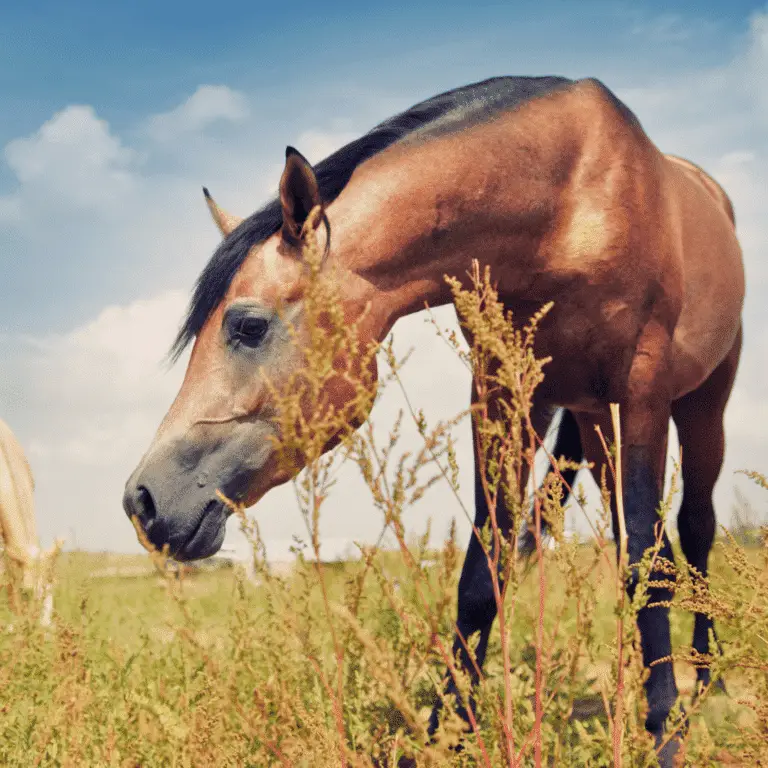Ringworm is a highly contagious fungal infection, which can not only quickly pass from horse to horse but also to humans. The responsible fungi, the dermatophytes, use keratin as a nutrient source, which is why they thrive on a horse’s skin.
The condition is usually self limiting and resolves in six to eight weeks but should be treated because it looks unsightly and is a source of infection for other horses.
